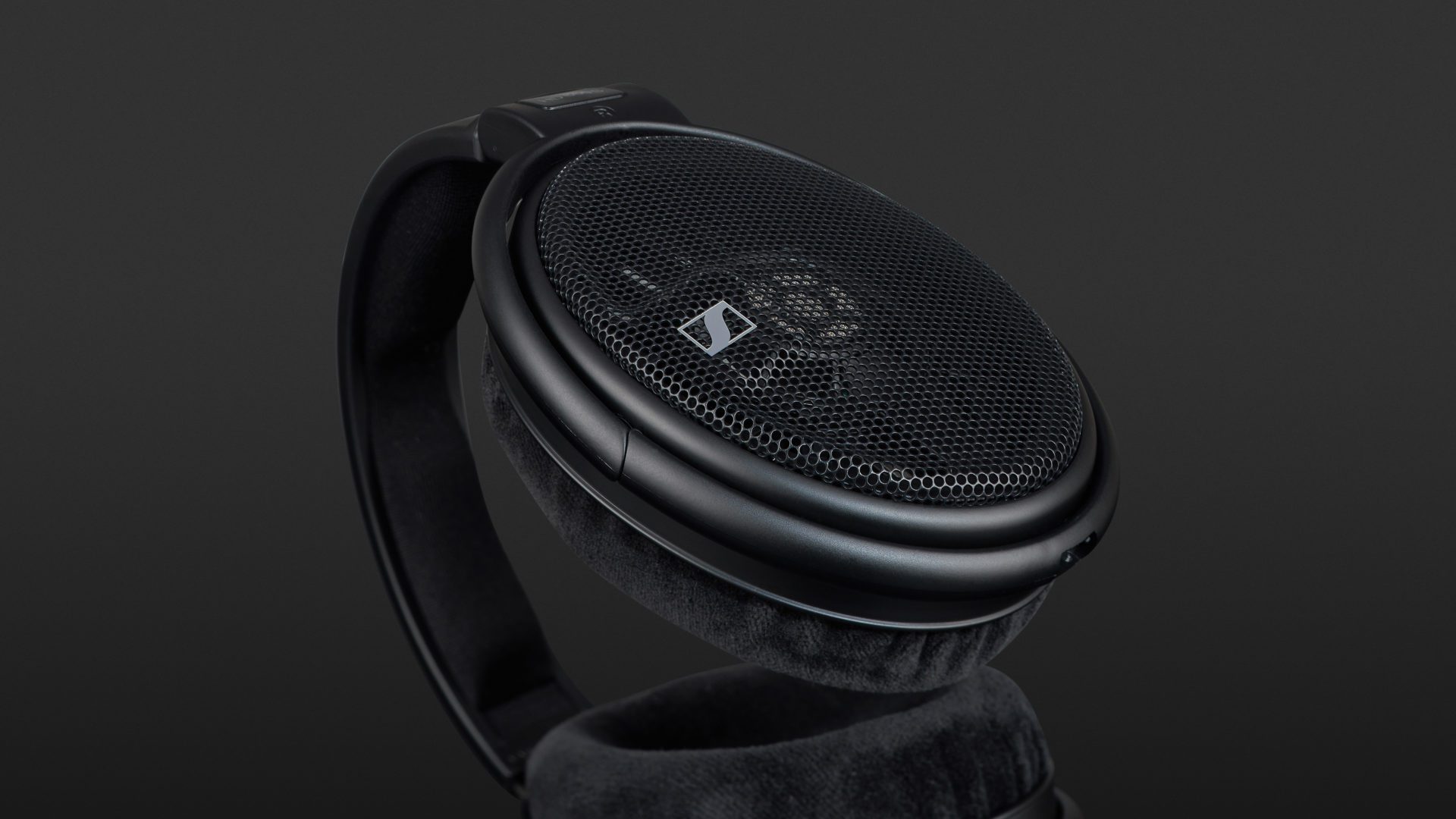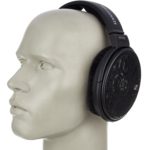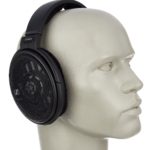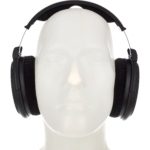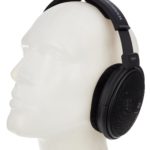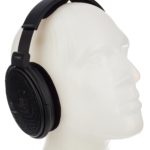Sennheiser succeeds in creating a masterpiece with the HD 660 S. The headphones deliver true audiophile sound quality that’s perfectly balanced when required. These are best enjoyed with a quality amplifier when listening at home, but holds up well for professional evaluation and editing of material in the studio. For just shy of 500 euros, you can have a headphone model that plays at the same levels of a high-quality loudspeaker and immediately ranks at the top of its class in terms of price.
With the HD 650 Sennheiser has delivered a proven open headphone option for high-end hi-fi applications for years. With its successor, the HD 660 S, the manufacturer is once again introducing a premium option to its expanding range.

Inside a sturdy slipcase, you’ll find an elegant choice of over-ear headphone in the Sennheiser HD 660 S. It’s certainly a more contemporary option than its predecessor in terms of aesthetics, with an attractive matt black finish and stylish upholstery. What remains from the previous model is the impeccable levels of workmanship on show, the quality earpieces and a robust, exchangeable connection cable made from oxygen-free copper and featuring a 6.3mm gold-plated jack plug. This plug can also be converted to a 3.5mm connector thanks to the enclosed cable adapter. In addition, the manufacturer has enclosed a connection a cable with a 4.4mm Pentaconn connector for balanced operation, in which the positive and negative ends of each stereo channel are routed on separate conductors. This allows for applications such as use with the Sennheiser HDV 820 amplifier.
The HD 660 S is designed for more demanding music enjoyment at home, while also allowing for professional audio applications, such as mixing and editing tasks.
What’s New?
In addition to the revised optics, the HD 660 S features a completely new transducer system with paired drivers boasting very close tolerances. Here, membrane movement is guided in an improved manner by way of a stainless steel mesh. In addition to this, there are lightweight, and therefore much faster reacting, aluminium voice coils and an extended frequency range (10 Hz to 40 kHz). Furthermore, air flow has been optimised in regards to the drivers. In contrast to the HD 650, which already worked with certain hand-selected converters, the HD 660 S is, according to the manufacturer, deliberately more neutral in terms of tuning. By contrast, the 650 model had a slight bass accent and minimal depression for a rounded, more forgiving sound image. All in all, the HD 660 S should be characterised by a lower level of distortion, improved impulsivity, spatial imaging, bass and treble reproduction. At least in theory, anyway.
In Practice
The headband is of course adjustable in length, with generous padding and silicone-covered foam making things comfortable. What’s more, the earpieces are cushioned with a velour covering. These are also replaceable, while the tight fit ensures a good level of wearing comfort. The result is a convincing headphone model that scores highly in the comfort stakes, with the headphones sitting well and firmly on the wearer. Due to the open construction, noise intrusion from the outside world is relatively low, as is the amount of sound leakage from the headphones themselves. Besides this, there’s not much to commend on, other than the fact that the HD 660 S, with its impedance of 150 Ohm (compared to the 300 Ohm of the HD 650) is designed for use with dedicated headphone amplifiers, hi-fi components and professional recording studio technology. The headphones work well with smartphones, but do not deliver peak performance levels. However, if you still wish to get the most out of your headphones while on the move, we’d recommend investing in a suitable headphone amplifier or hi-res media player.
Sound
The HD 660 S easily reproduces the entire audible frequency range, from true low bass levels to well above 20 kHz. It features impressive levels of detail resolution and balance, making it a go-to choice for hi-res sound sources of any genre.
The HD 650 is without a doubt a convincing headphone, but its successor turns out to be a more balanced choice, is finer resolved and more contoured in the bass range, more stable in level and a little less hard in the mid-range. Small but noticeable differences make it clear the HD 660 S is a superior option.
The HD 660 S is not an embellisher. Rather, it clearly highlights the weaknesses of a sound source, such as when a mix is too flat. As such, you can clearly hear sound and level variations between newer and older productions.
A particular strength of these headphones is the bass range, which draws tonality and dynamics exactly. It draws down to the lowest frequency levels without overemphasising. The tight and accurate response of the drivers, which combine pressure and precision convincing, is simply superb.
The HD 660 S also scores well in the middle band: voices and instruments are clearly contoured and naturally reproduced. Vocals are easily to make out and show the corresponding spatial elements, while solo instruments are equally well served. At the same time, important definition of several sound sound sources is also handled well.
In the treble range, the headphones deliver transparency and detail resolution that gives the sound a brilliant that can only really be found in the high-end price range. Percussive details or small echoes you’ve not heard before can be discovered with glee here. In addition, the HD 660 S certainly shows the limits of a production.
Room, Dynamics, Levels
The open construction of these headphones provides an all-round convincing spatial image and stereo panorama that can’t be found in closed systems. The stereo stage can be very wide, depending on the source material, while the distribution of the panorama is stable, allowing a direct traceability of individual elements of all kinds. As far as the spatial imaging and depth graduation are concerned, reverberation components, natural or otherwise, are easily identifiable. Especially when listening to quality classical recordings or jazz productions, things are enhanced by an impressive natural quality. Single instruments in the acoustic class like the piano, double bass and drums sound authentic and intimate. On the other hand, the HD 660 S also impresses with its reproduction of elaborate electronic productions and soundtrack albums.
The dynamic reproduction also deserves special mention. Rarely have I been able to comprehend dynamics of a symphony orchestra at this level. Finally, this headphone model impresses with its low levels of distortion, which, assuming you’ve connected to an appropriate amplifier, continues into the high level ranges. This is an outstanding feature, especially in the low bass range, where almost all competitors reach their limits more easily. Another advantage that qualifies the HD 660 S not only for simple music enjoyment, but also for sound engineering tasks, is that dynamic interventions and frequency response corrections remain clearly audible, without distortion.
Technical specifications
- Ear couplingOver-ear
- Typeopen
- Transducer principledynamic
- Frequency response (headphones)10 - 41.000 Hz
- Impedance150 ohms
- Sound pressure level (SPL)104 dB
- Weight without cable260 g
What's in the box
- Adapter cable: 6.3 mm to 3.5 mm
- Balanced connection cable, 4.4 mm (Pentaconn)
- Folding slipcase









